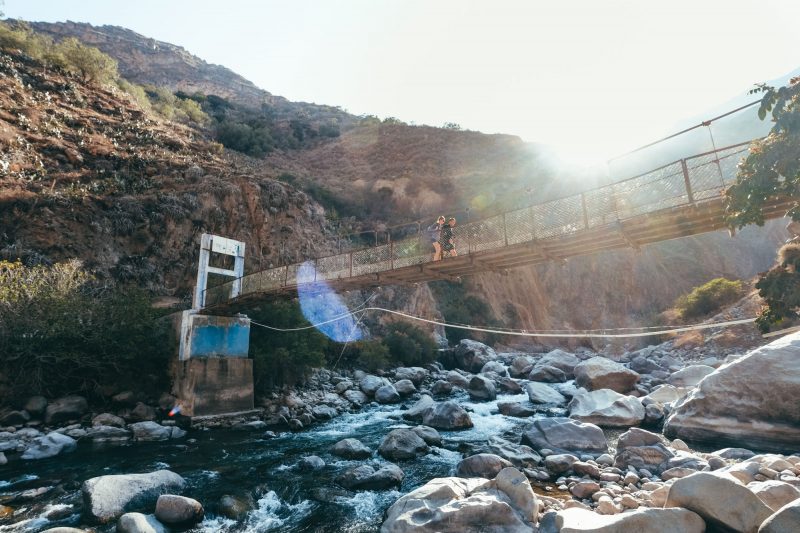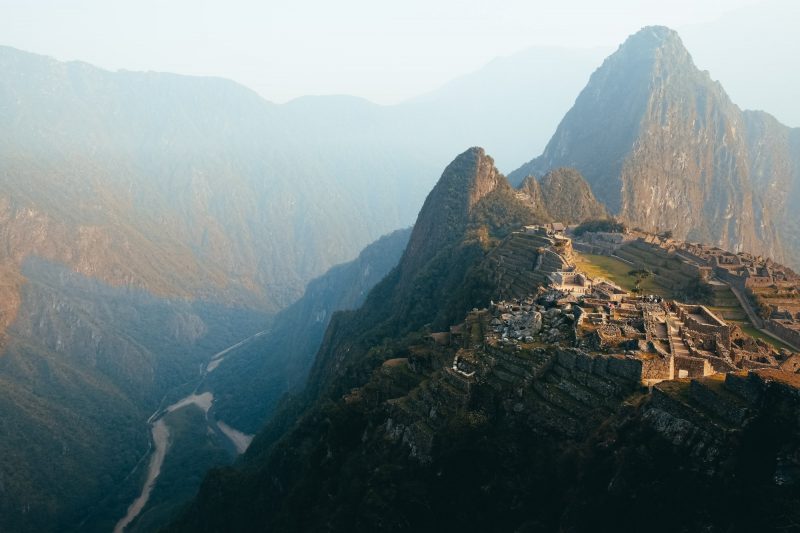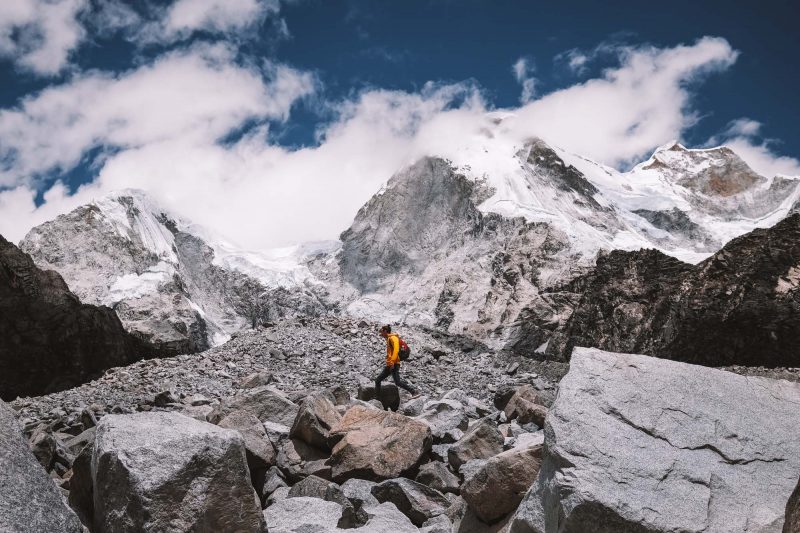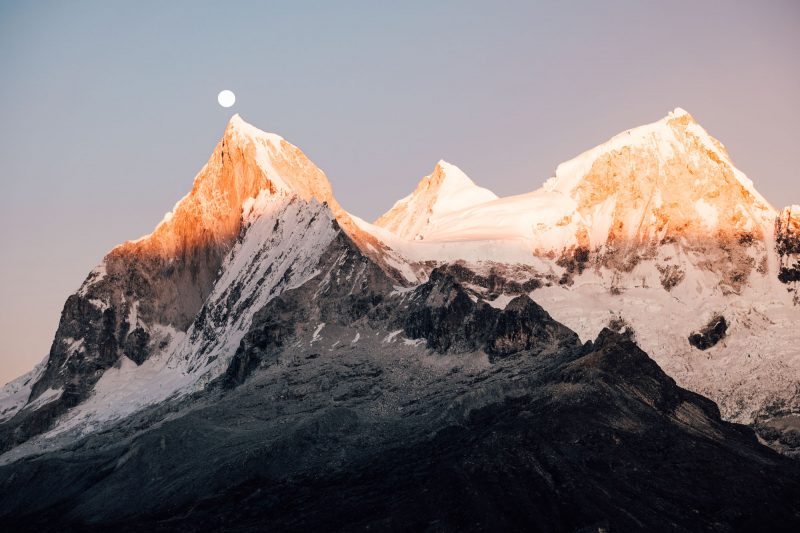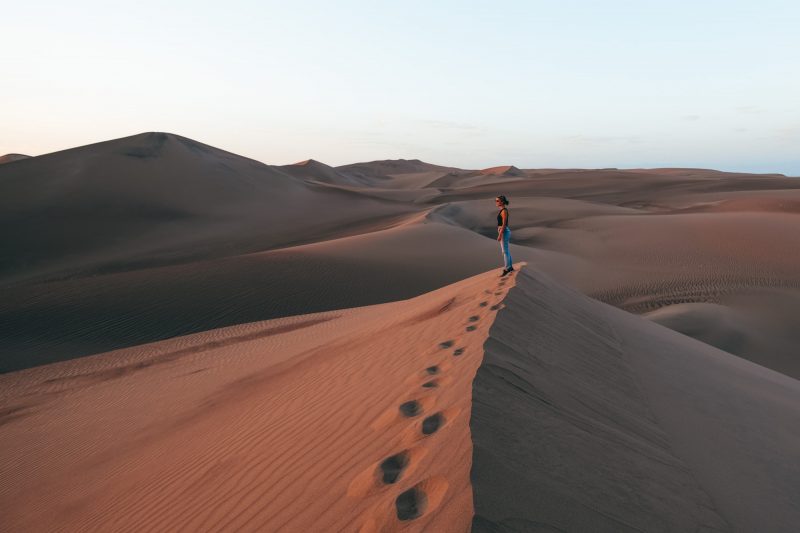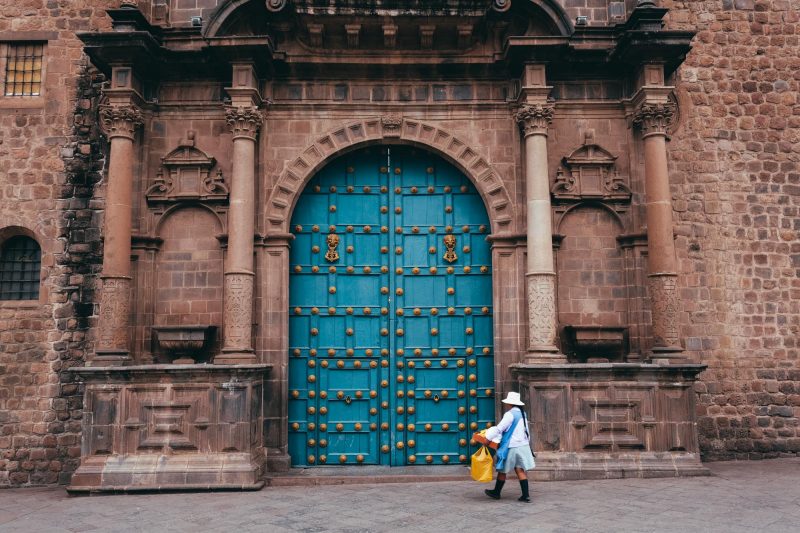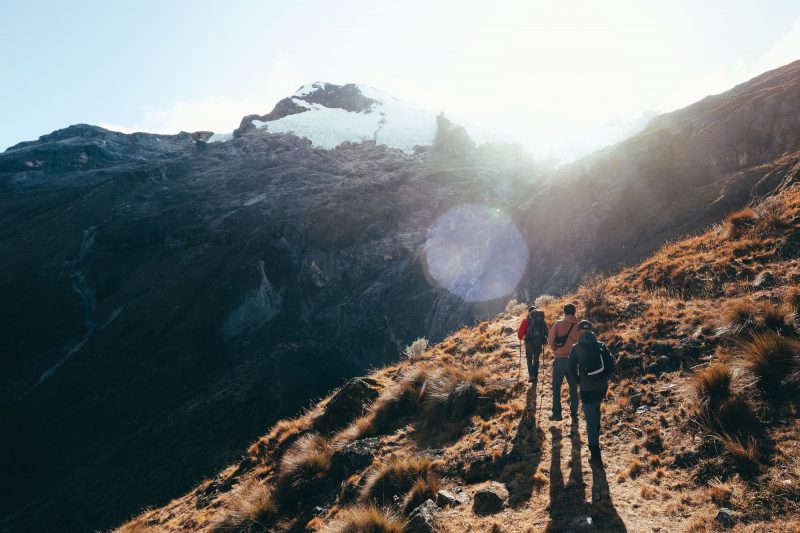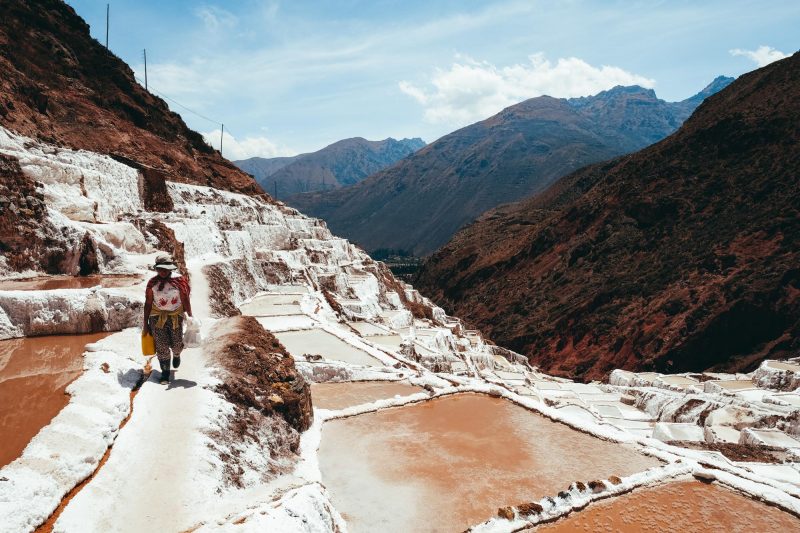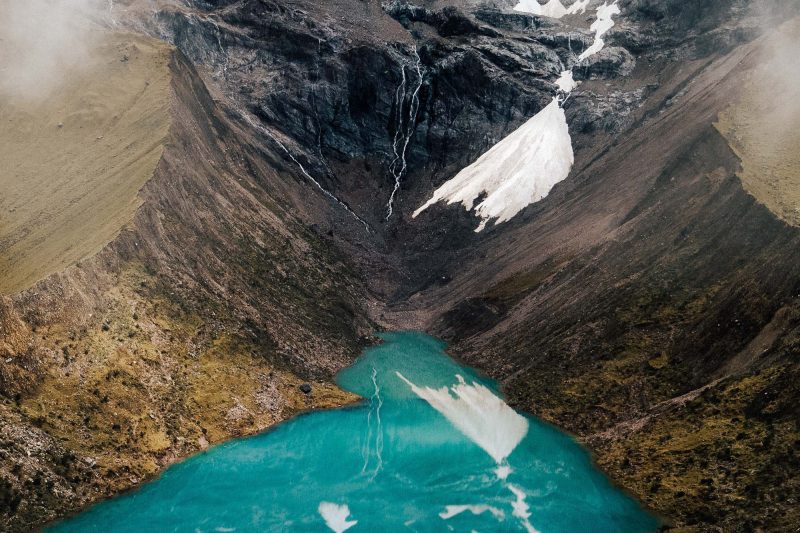Peru is one of the easiest countries to travel in South America. The transportation system is well-organized, and you can find good hotels and restaurants everywhere, while the people are very hospitable. It has been a popular destination among travelers for decades, owing to the natural beauty of the country. There are few countries where you can find beaches, deserts, jungles, and snow-capped mountains, but Peru offers all of them. Before you embark on your journey, there are a few things that are handy to know. Here are the all the things you need to know in one place so that you can get the most out of your trip to Peru.


#1 Peru is a paradise for both novice and experienced hikers
If you’re going to Peru, you’re almost certain to go on some fantastic hikes. The Andes, the largest mountain range in South America, is shared by Peru with six other countries. Besides the massive mountains, you’ll find many glaciers, waterfalls, rainforests, and numerous other natural phenomena. Whether you’re an experienced hiker or have never been in the mountains before, Peru has treks of every level. You can go on amazing day hikes, but you can also join a challenging ten-day hike.
#2 How to save money on ATM fees in Peru
Withdrawing money abroad incurs a few euros per transaction, which is why it’s a good idea to withdraw as much money as possible in one go. The best bank for this is BCP, where you can withdraw more per transaction than other banks. The maximum amount is 700 soles, about $140. Additionally, this bank doesn’t charge a commission, so you only have to pay the fees of your own bank. That’s an easy way to save money!

#3 You need to book the Inca Trail well in advance
If you want to hike the famous four-day Inca Trail, you need to book it about 5 months in advance on average. If you wait too long, the spots are likely already taken. Expect to pay around $500 to $1000 per person for the Inca Trail, depending on how luxurious you want it to be. Of course, you can also visit Machu Picchu without hiking the Inca Trail. In that case, it’s still wise to arrange things like your train tickets in advance. You can read all about what you need to arrange for a visit to Machu Picchu in our article with tips for Machu Picchu.
High season from April to September: Book the Inca Trail 6 to 8 months in advance.
Low season from October to March: Book the Inca Trail 1 to 3 months in advance.


#4 A trip through Peru means spending a lot of time on the bus
A large part of Peru is mountainous. So, expect many hours on the bus when traveling through Peru. Therefore, download movies and series on Netflix, and fun podcasts and music on Spotify with your fast Dutch Wi-Fi at home. That makes these long bus rides much more enjoyable. If you enjoy watching or listening to something together with your fellow traveler on your phone, it’s ideal to bring a splitter.

#5 Buses in Peru are fortunately extremely luxurious
Nowhere else in the world have we been able to travel with such luxurious buses as in Peru. For a little extra money, you can sit in a gigantic leather seat that sometimes can recline all the way. You have your own screen, Wi-Fi, and often there’s even a meal included. It’s best to book these luxury buses in advance through Bookaway, and the best companies to book with are Cruz del Sur and Exclusivia. Some websites recommend the hop-on-hop-off bus company Peru Hop, but you’re almost always more expensive with them. Moreover, not all routes are included, such as those to Huaraz and the Colca Canyon.

#6 Layers, layers, and more layers
If you’re unsure about what clothing to pack for Peru, the answer is “layers!” One moment there’s an icy cold wind, and the next moment you’re warm from hiking. Layers are therefore ideal. A wind jacket and fleece sweater will certainly come in handy, and a hat and gloves are essential when going up to high altitudes such as in Huaraz. You sometimes start hiking at sunrise, and it can be freezing cold then. A good poncho or raincoat is also essential because hiking with wet clothing is very unpleasant.


#7 Acclimatizing is very important
Most hikes in Peru are at high altitudes, so it’s very important to acclimatize before you start hiking at high altitudes. You can bring the medication Acetazolamide in case you really start suffering from altitude sickness. This helps your body to acclimatize more quickly. Most people in Peru won’t suffer from altitude sickness, especially not if you travel overland from Lima to Cusco and possibly later to Huaraz. You arrive at each destination a little higher, so you can gradually get used to the altitude. Most people who suffer from altitude sickness fly from Lima to Cusco (3,400 meters / 11,150 feet altitude difference) or immediately start hiking at an altitude of 5000 meters (16,400 feet) without first having been to high-altitude destinations.
#8 These are the driest and wettest months in Peru
From May to September, it is the dry season in Peru and therefore you have the most chance of good weather. Especially if you plan on doing a lot of hiking, this is very nice. The wettest months are from January to March.


#9 Speaking a few words of Spanish is very useful
Do you not speak any Spanish at all? No problemo, you will always figure it out. However, it can be very nice to know the basics. Locals like to ask where you come from and have a short chat, and it’s nice if you understand and can respond. Practice the basics at home with the app Duolingo and you’ll have them down in no time.
#10 How to see the best of Peru in 3 to 4 weeks
We have been to Peru twice and with that experience, we have created the ultimate travel itinerary for Peru where you will see the most beautiful places in about 3 to 4 weeks. With this itinerary, you will visit bustling local markets, hike the mountains for the most beautiful views, visit Machu Picchu, stay in the desert, and taste Peruvian culture.









